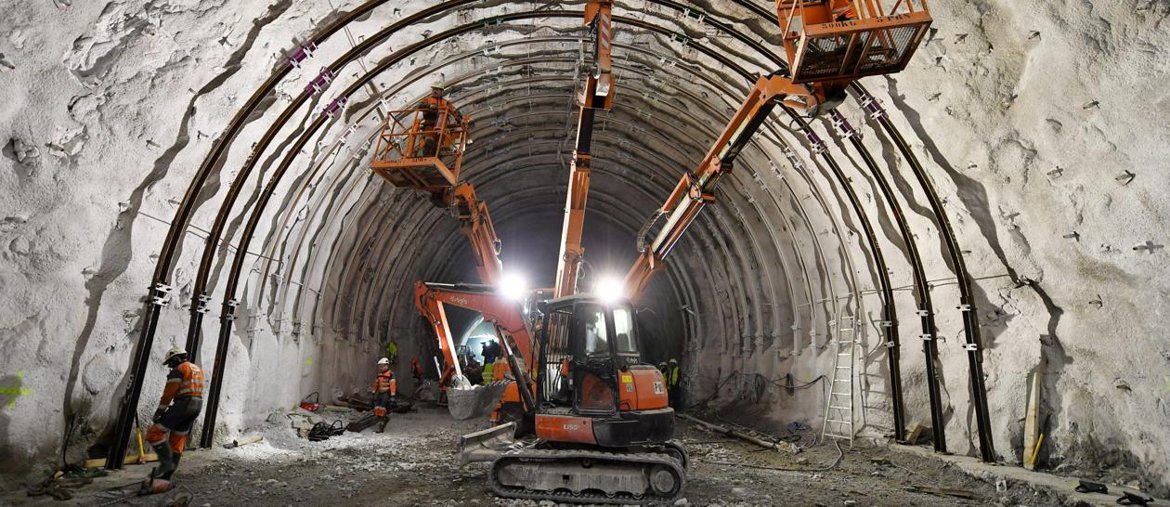A school of technology and materials research. A “study” phase is opening for the Turin-Lyon, as the director of Telt Mario Virano defines it, to optimize as much as possible, in the years of construction and then of operation, the positive effects of the work, push on the study and on the reuse of extraction materials in a circular economy key and to develop a system focused on the issue of safety in the workplace, with the aim of “zero mortality”. The scientific partners of this phase are Iter – the Internationa Thermonuclear Experimental Reactor consortium which brings together the EU, the United States, China, India, Japan, South Korea and Russia – CERN in Geneva, the Links Foundation and Eurotunnel which manages the Channel Tunnel . The numbers that revolve around the construction of the cross-border work are impressive: 115 kilometers of tunnels for the two pipes of the base tunnel, 37 million tons of material from the excavation works that will be partially reused, for a percentage between 50 and 60%, designed to increase knowledge and good practices in this field.
In particular, a study-benchmarking on international solutions for their reuse and tracing will be carried out on the excavated materials. “The collaboration with CERN – adds Virano – will allow to increase the knowledge on excavation materials, an area that interests the institute in relation to the construction of the future new particle accelerator that will be built in Geneva”. The Future Circular Collider project, the 100-kilometer ring that will be excavated, will serve to increase the acceleration capacity on particles by at least seven times compared to what happens today in the LHC, the Large Hadron Collider. A primary interest for the most important European physics laboratory that has also launched a competition to find the best green solutions for the reuse of excavated materials in which the jury also includes the director of Sustainable Development and Safety of TELT, Manuela Rocca.
Loading…
In general, treating the millions of tons of excavated materials only as waste increases the impact on the environment and the costs of the work itself. The objective is therefore to implement good practices, starting with the reuse of materials for the production of segments to be used in the tunnels but also, as Virano explains, “to develop a pilot project that allows the circulation of materials on an experimental basis. between Italy and France in the face of surpluses on the one hand and needs on the other ». Work is therefore underway to ensure this possibility with a view to experimenting with transnational balance, considering the two construction sites as a whole. A useful action to increase the share of materials reused and necessary to reduce liabilities and negative effects on the environment.
With 2021, for the Turin-Lyon, the procedure relating to civil works ends, with the award of the tender for the excavation of the base tunnel in France, by the summer, and by the beginning of 2022 with the conclusion of the procedure also for works on the Italian side. For this reason, in parallel we try to look ahead and project ourselves to the next step which is represented by the tender for about two billion for the technological equipment of the tunnel, scheduled for next year. Telt expects the first technological tooling train to enter from the west entrance, on the France side, in the second half of 2026
«It will be one of the most significant calls in Europe – adds Virano – which will look at various aspects, from the tracks to signaling up to sensors and monitoring. We are talking about a universe of big data to be managed in an integrated way, which opens up new scenarios ». It is therefore a question of updating the general project developed seven years ago, in the light of the new technologies available. Furthermore, the objective is to integrate the issue of maintenance in the future call, in light of the fact that Telt will also be called to manage the infrastructure. “We are thinking of an evolutionary maintenance model, which guarantees the status of the work after years, also thanks to new types of contracts” underlines Mario Virano.
